Join us on a heritage tour of Italy as we stop in the pretty town of Parma to experience cheese, ham and balsamic vinegar production at the source.
My family spent nearly two weeks touring the nation of Italy this summer and throughout the duration of our trip, there was one constant: delicious food. Italian cuisine is something I live for and would probably die for. Fortunately, I grew up eating it as my mother is of Italian heritage. While touring the motherland I found myself getting very well acquainted with fresh oil olive, delectable truffles, buffalo mozzarella, pesto sauces, homemade pastas and mouth-watering personal pizzas.
The pinnacle of our Italian culinary journey by Eurail happened in the small city of Parma, located in the Emilia-Romagna region, half way between Bologna and Milan. A typical Italian city, Parma was not flooded with tourists like Rome, Florence and Venice, the previous stops on our trip. Bike-friendly, walkable and famous for its opera-culture, Parma provided my traveling clan with a relaxing rest from church-going and sightseeing. Instead of admiring art, we ate and also learned about three of the staple traditions of Italian food.
Parma and the surrounding countryside region are known for more than their beauty; think cheese, ham and balsamic!
Parmigiano Cheese in Parma
In the United States, most refer to this cheese as Parmesan, but if you look at the real name closely: “Parmigiano,” you will see that the famous cheese gets its name from the region in which it is produced: Parma.
I will be honest, I hate this cheese and I think it smells and tastes like feet; yuck! The rest of my family, consisting of my mother, father and two younger siblings, think that I am utterly insane for writing such blasphemy. Still, I will give you a non-biased view of the our tour into the production of authentic formaggio parmigiano.
Heading into the countryside, we visited the Stocchi Andrea (0521-850661) agriculture company located about 30 minutes’ drive south of Parma in Lesignano de’ Bagni. It is here, with the owner and our translator, a poised and well-spoken Italian teenage girl, that we immersed ourselves in the production of this cheese. With the five of us wearing a plastic smock (and me donning a face mask to keep the cheese smell out of my nose), we began our tour.
Modern dairies, like this one, must use the technical procedure and production line that is established by the official Production Regulation of the Parmigiano-Reggiano Cheese Consortium and while the machinery is modern, it is the same process that has been in place for the past eight centuries.
Cheese-making starts at the crack of dawn right after the cows are milked. This whole milk is combined with the leftover skim milk from the previous day’s work and then placed in a large copper-lined vat. After whey and calf rennet are added, the mixture is heated, left to curdle and then mixed to break it up into small particles. More heat is added as the cheese maker (an older man who has been working at this dairy since he was a young boy) monitors the curd while it settles. After about 45 minutes, two workers use a piece of muslin to drain the curds, wrap them, then press them into wheels of raw cheese that weigh around 100 pounds each.
Now comes the aging process. In a cold and temperature controlled storage room, the cheese is labeled and marked with the number of the plant that produced it and the month and year of production. Once this is done, the cheese is placed into a salt water bath for 20-25 days. After that, it goes into an aging room for at least another 12 months where workers brush and turn the cheese while continuously supervising it. After this time, the aforementioned Consortium inspects each wheel of cheese to make sure it lives up to their standards. If it is does, then it is officially Parmigiano cheese.
Our tour concluded with the wonderful owner serving my family cuts of the cheese that his dairy produced. I, of course, did not sample (which made my family and the owner very happy because there was more for them). Relatively inexpensive, the tour costs 20€ for the five of us and an additional 20€ for our lovely translator.
Prosciutto di Parma
It is a generalization for sure, but I can firmly say that in their food production, Italians do not waste anything. The leftover whey from the above cheese-making process is fed to the pigs that are used to produce Prosciutto, or cured ham.
For the next stop, my family headed to Salumificio La Perla located in Quinzano Sotto, a bit further from the city center than the cheese dairy. Owned by the Lanfranchi family for the past 20 years, Silvia, the daughter of the owner, gave my family a tour of this ham production factory. As she explained, there are only four things needed to make this sweet and fragrant specialty meat: Italian pigs, salt, air and time. Parma Ham has no added preservative or artificial flavors. The hams are made from the rear legs of a pig who is a minimum of 12-months old.
During the aging process, the hams are salted and air-dried in special rooms that are set to a specific temperature and humidity depending on the ham’s stage of maturity. This process can take up to two years. Afterwards, the Consorzio del Prosciutto di Parma must inspect the meat and if it passes the test, give it the Ducal Crown, the official seal of Parma Ham.
After our tour, Silvia escorted my family to a veranda above the factory overlooking the hilly countryside. Here we enjoyed a light lunch of cold meat, more cheese, fresh breads and lambrusco wine, which is also famous in this region. The factory tour was 10€ per person and it included the delicious meal. However, my family felt slightly cheated since we also had to pay an additional 10€ per person for a “translator,” even though Silvia, who spoke perfect English, was a factory employee and family member.
Balsamic Vinegar from Parma
As we make our way to our next food tour, I contemplate the time, patience and dedication that is put into food production in this region of Italy. My hungry family just spent a quick hour eating food that took years to produce.
We arrive at the Vinegar Room of the Medici Ermete where we will learn about Balsamic. Located in Lambrusco Reggiano, the estate and production area rests along the valley of the River Enza on flood lands that are well-suited to produce grapes. This family is famous for its wine and makes most of its money through sales; however, our guide, a daughter of the family, tells us that they produce balsamic vinegar not for money, but for love, history and passion.
Using wooden barrels, some dating back to the 19th Century, the family ages balsamic vinegar with the traditional process. Unlike cheese and ham, whose aging process is only two years, mature balsamic vinegar takes 12 years to make. Picture a battery of seven barrels, in successively smaller sizes, each made of a different type of wood.
After we inspect the aging room located in the attic of the house, we go for our tasting. A red labeled bottle is 12-year-aged vinegar; silver is 25 years old and gold is 50. Each has a different flavor and sweetness. My siblings and I, in our early and mid-twenties, laugh about the fact that most of the vinegar we are sampling is older than we are. We purchase a bottle of the silver vinegar and that concludes our tour, which was free.
Parma, Italy Trip Planning Details
All of these factories were located outside of Parma and, since my family didn’t rent a car during our travels (we used the Eurail Pass), we hired a private driver to cart us around the countryside. Our five-hour tour cost US$100 per person. We were picked up and dropped off at our hotel, the Astoria Executive, located within walking distance to the Parma Central Train Station.
Many people opt to stay longer in the countryside, in a bed and breakfast or castle. Silvia, at the Parma Ham factory, actually owns her own B&B called Locanda Del Borgo.
For further information on what to do in Parma and the surrounding region, visit the Parma Tourism website.
Dear Reader: This page may contain affiliate links which may earn a commission if you click through and make a purchase. Our independent journalism is not influenced by any advertiser or commercial initiative unless it is clearly marked as sponsored content. As travel products change, please be sure to reconfirm all details and stay up to date with current events to ensure a safe and successful trip.
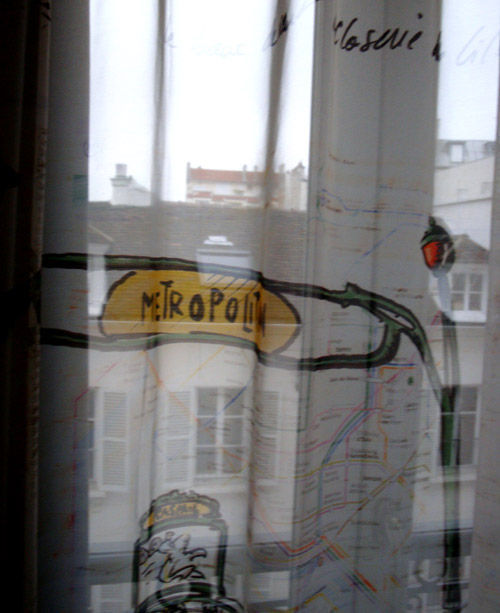
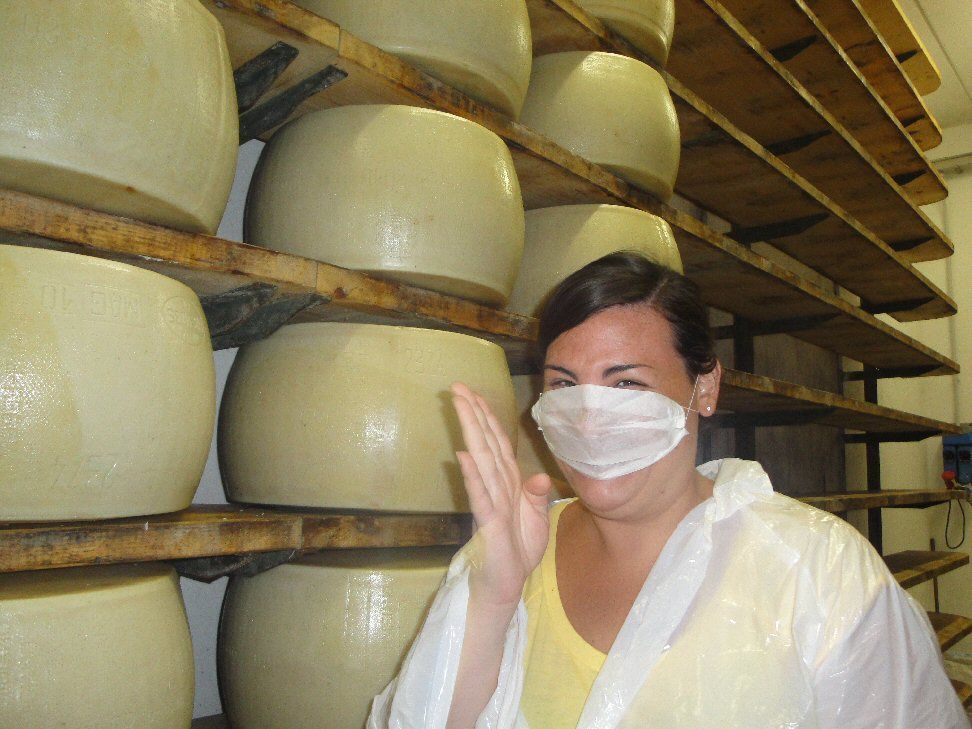

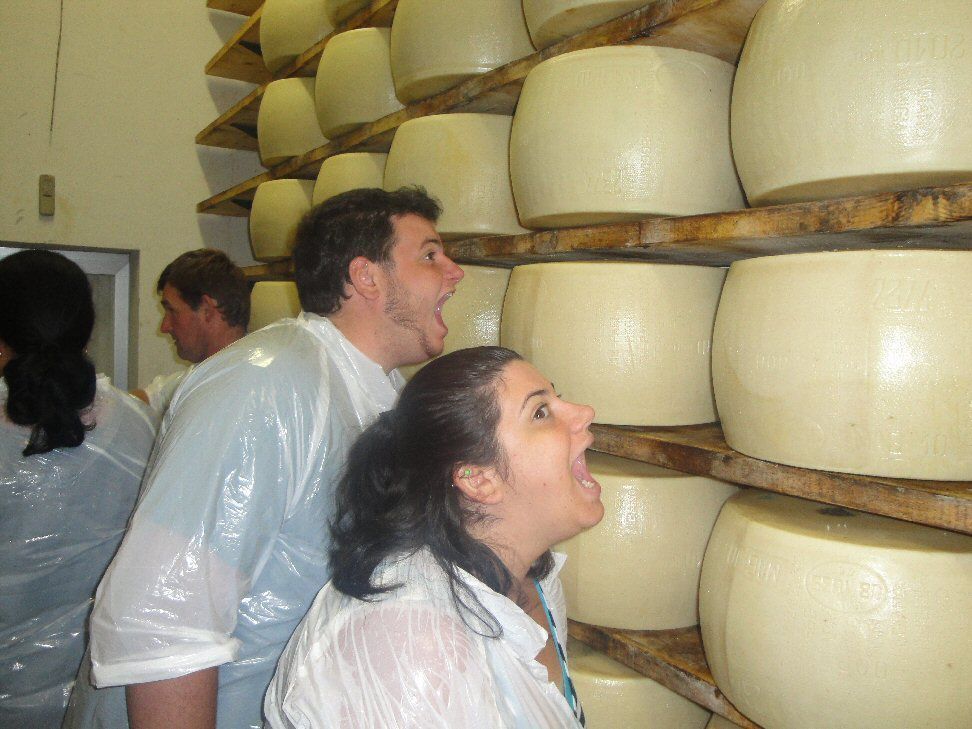
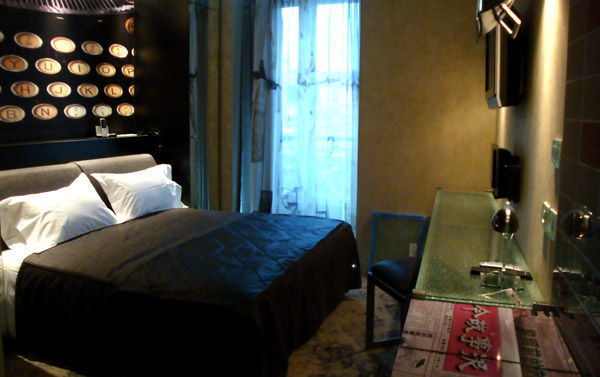
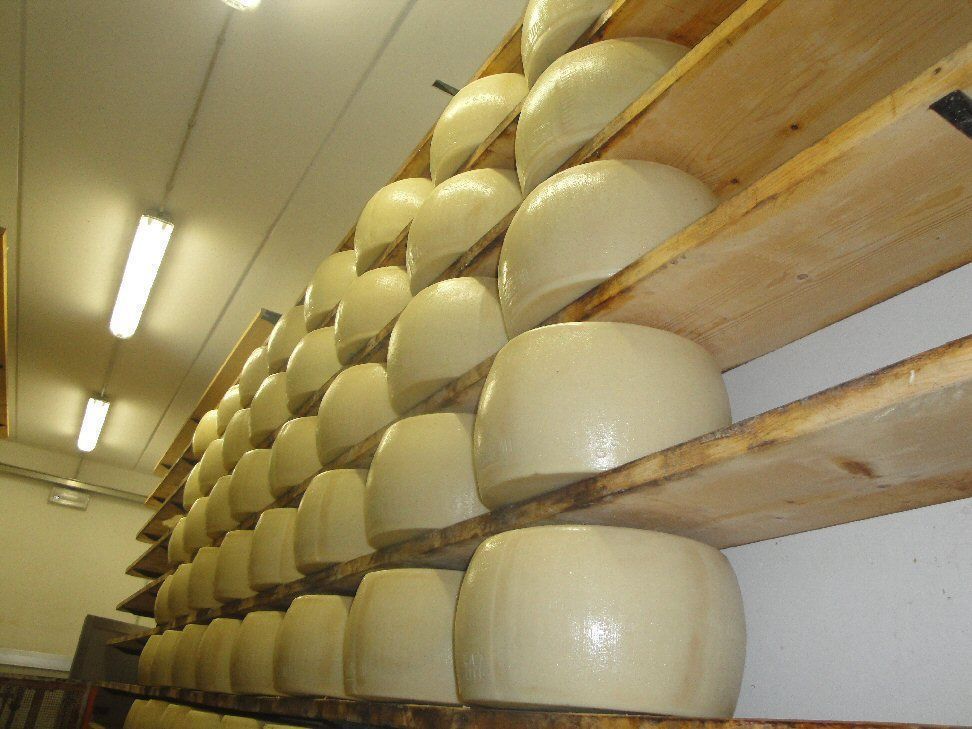

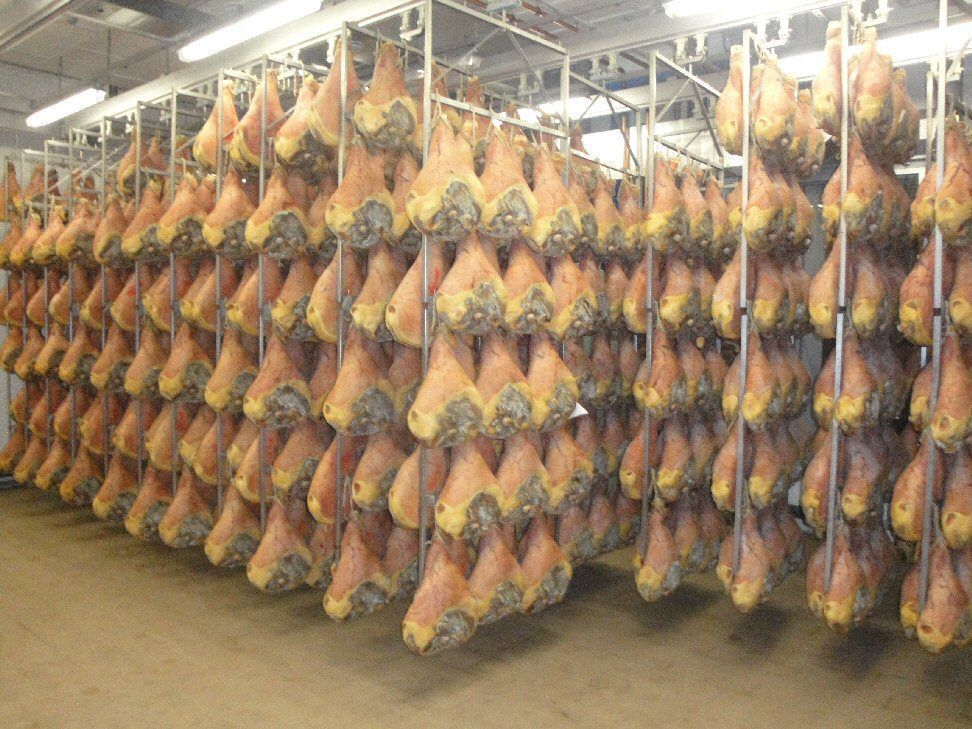

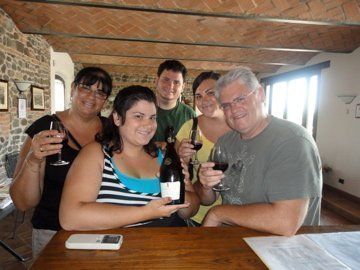
You are making me so hungry for an antipasto from Parma. Did you find any good restaurants in Parma?